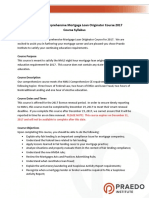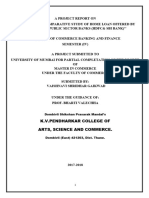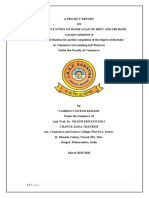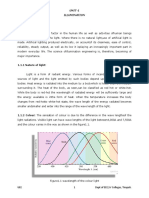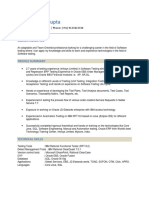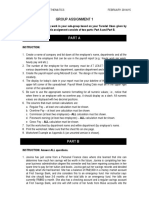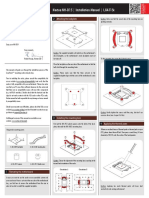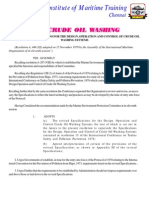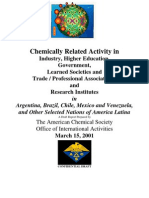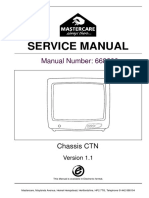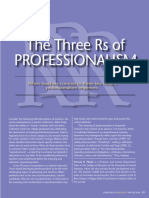Some basic Questions:
What is Mortgage?
A mortgage is a loan; money that you borrow from a bank or other financial institution to
finance the purchase of a home. When you get a mortgage, you borrow enough money to
purchase a home, and then slowly pay that money back, with interest, over a period of
many years. Its a pledge of property, as security for debt.
What is Mortgage Servicer?
A mortgage servicer is a company to which some borrowers pay their mortgage
loan payments and which performs other services in connection with mortgages.
The mortgage servicer may be the entity that originated the mortgage (Gave the
loan action type 1, 2, 3, 4 and 5), or it may have purchased the mortgage
servicing rights from the original mortgage lender (Action type 6).
The duties of a mortgage servicer vary, but typically include the acceptance and
recording of mortgage payments; calculating variable interest rates on
adjustable rate loans; payment of taxes and insurance from borrower escrow
accounts; negotiations of workouts and modifications of mortgage upon default;
and conducting or supervising the foreclosure process when necessary.
What is HMDA?
The Home Mortgage Disclosure Act (or HMDA, pronounced HUM-duh) is a United
States federal law that requires certain financial institutions to provide mortgage data to
the public. Congress enacted HMDA in 1975. HMDA is implemented by the Consumer
Financial Protection Bureaus Regulation C (12 C.F.R. Part 1003), which includes
commentary (12 C.F.R. Part 1003 Supp. I).
As a part of fair-lending act, HMDA requires mortgage servicers to collect and disclose
information about housing related loans with proof of necessary documents. The housing
loan data is represented in the form of a LAR (Loan application register).
Why was HMDA introduced?
The housing-loan data that lenders must disclose under HMDA: show whether financial
institutions are serving the housing needs of their communities; assist public officials in
distributing public-sector investment so as to attract private investment to areas needed;
assist in identifying possible discriminatory lending patterns and enforcing
antidiscrimination statutes. (Suppose a mortgage provider is discriminating on the basis of
lenders race, gender or ethnicity or there is a discrimination based on where the property
is located, such cases can be easily captured by this act)
How was GT involved in HMDA?
For a mortgage client (PLEASE DO NOT MENTION THE NAME OF THE CLIENT. IT IS
AGAINST CORPORATE ETHICS TO DO SO) based out of US, GT performed auditing for
over 500000 loan applications to prepare the LAR for HMDA submission.
Was it a simple data entry job?
No. GT was auditing the loan files and preparing the LAR. The client had their own LAR
values captured by an automated system. GT however went through the documents and
audited the loan filed in-order to recreate the LAR. This gave the client an assurance that
the LAR submitted by GT corresponds to the documents per the HMDA requirement.
�Further, this will also help the client in identifying gaps in their LAR capturing mechanism.
LAR means Loan Application Register
What was your role in the process?
Auditors (Processors): As part of the project I was the first line of force to build the
LAR. Our daily task involved to go through the document for a pre-allocated number
of loans and audit the loan application completely. Thereby we had to record our
data in a system. There were many instances where auditing the loan challenged my
text book knowledge on finance versus real life mortgage scenarios.
QC: As part of this project, my job was to ensure that any LAR value which we say is
different from the client value, is doubly confirmed and vetted. My job was to finecomb the data given out by GT. My job was challenging as there were instances
where I had to think as two different individuals, one, as the auditor who must have
used some logic to arrive at the LAR value and second as the client who would have
had their own mechanism to arrive at the value. This gave me deeper insights in
clients LAR capturing mechanism.
PLEASE DO NOT MENTION THE NAME OF THE CLIENT. IT IS AGAINST CORPORATE
ETHICS TO DO SO
























